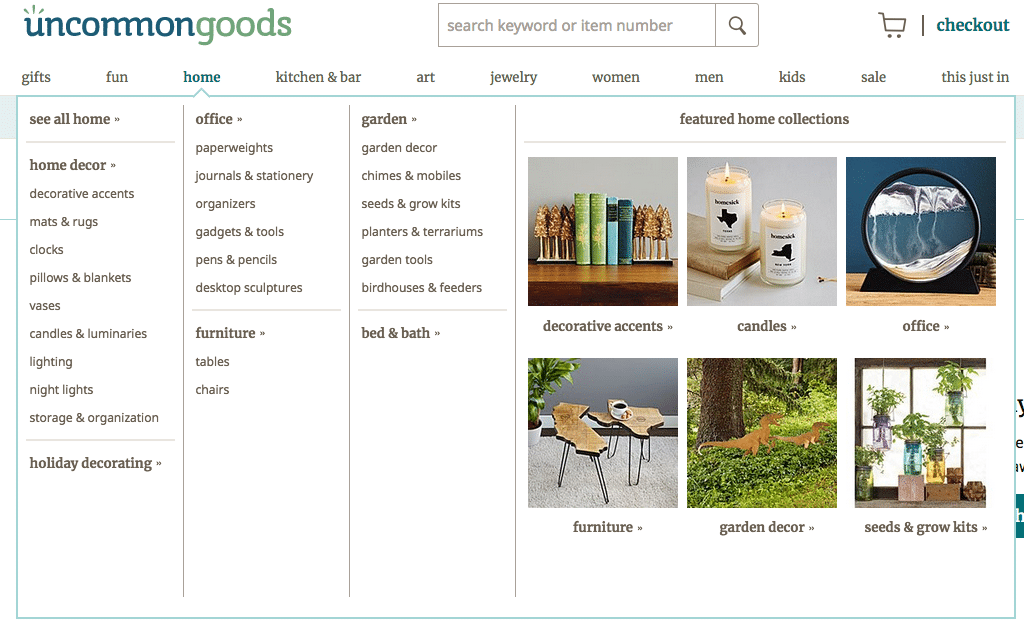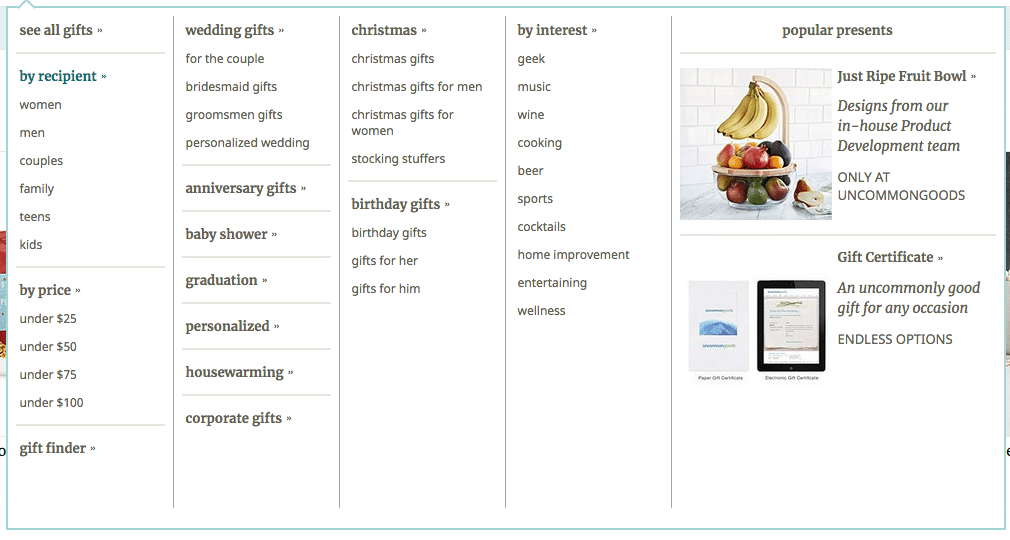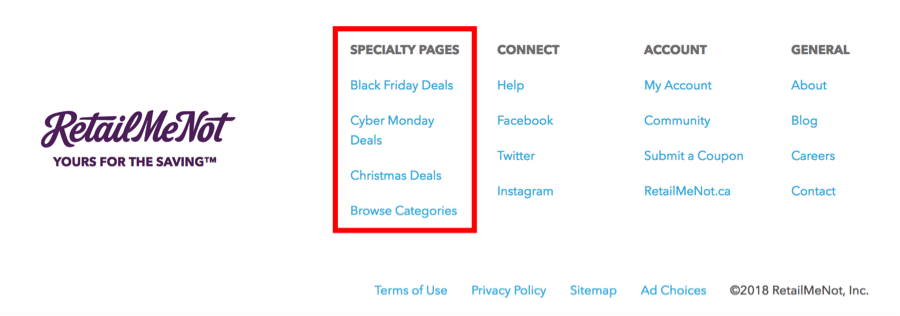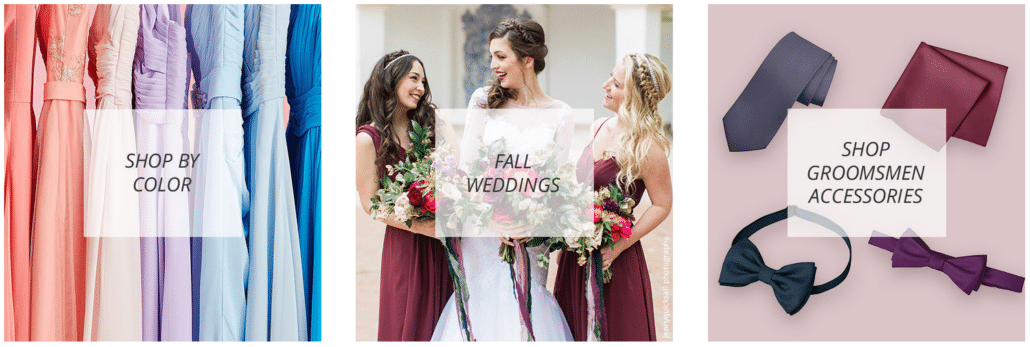While there is no guaranteed way to rank collection pages at the top of Google, there are steps you can take to improve the likelihood of success.
Many eCommerce brands focus so much energy on content creation and inbound links that they overlook another important factor: internal linking.
With the right internal linking strategy in place, you’re taking another step in the right direction. Not only does this help with SEO, but it allows your visitors to more easily navigate your website. It’s easy to believe that this strategy entails nothing more than linking from one internal page to the next whenever possible. However, as you dig deeper, you’ll come to realize there are several things you must do to harness the true power of internal linking.
What is the purpose of internal linking?
Through internal links, search engines can find (and crawl) websites. This is especially important on new websites that don’t have backlinks. The anchor text and placement of internal links give Google context on what the link is about. Internal links also indicate the hierarchy of pages: less important pages usually have fewer internal links to them and they are harder to find.
The main distinction between internal links is navigational VS contextual internal links.
What are Navigational Links?
As their name suggests, navigational links help users navigate through your site. Their anchor text is usually just the title of the destination page, or they’re linked to symbols (for example, an arrow icon). Contextual links don’t have to be related to the page your users are currently on. Links in your header & footer navigation count toward navigational links.
What are Contextual Links?
Contextual links have more meaningful anchor text, describing the context the targeted page is writing about. Contextual links are most often found in informational content, like blogs. Contextual links help build topical authority.
Which Internal Links can be Optimized for eCommerce SEO?
The first thing you need to realize is that there are many opportunities to take advantage of internal linking. Don’t assume that linking in your on-page content is your only chance to do this.
Let’s take a closer look at some of the opportunities that exist.
1. Navigation Bar
The best approach in the navigation bar is to link directly to your top collection pages. Here’s an example of what this should look like:

There are links to 11 unique categories, all of which include specific collections. While your eCommerce store may not have as many categories or collections, this basic layout provides an opportunity for efficient and effective internal linking. Additionally, linking to pages in your top navigation transfers the most internal authority to them possible. It signals to Google that, because it is linked in your top navigation, it is an important page and should be prioritized in search rankings.
2. Collections Dropdown
Sticking with the same example, each category drops down to provide access to each separate collection. Take a look here:

A few things you’ll immediately notice include:
- The inclusion of a dropdown in the navigation bar for each category
- A list of every collection page within the applicable category
- Images that link to “featured” collections
One thing you can experiment with is reducing the number of internal links on the page dropdown, instead linking only to the highest value pages based on products with the highest conversion rate, revenue, and margin.
Note: UncommonGoods took this approach by featuring six of its top collections on the right hand side of the dropdown.
3. Seasonal Opportunities
There are certain times of the year – such as around Black Friday and Christmas – when gift-giving picks up. This provides an additional opportunity to implement your internal linking strategy.
For example, UncommonGoods does this by including a “gifts” dropdown in the navigation bar.

In addition to breaking down gifts by occasion, they do a nice job of displaying “popular presents” and “gift certificates” alongside eye catching images.
Since the holiday season doesn’t last forever, you must find a way to link to high value pages year round with the idea of boosting authority.
Here’s how RetailMeNot does it:

By keeping links to high value pages in the footer 12 months of the year, they’re able to boost authority during the off-season without disrupting the flow of the homepage.
4. Homepage
In many cases, the homepage is where consumers start the buying journey. So, even though an internal linking strategy is important, you shouldn’t do anything to negatively impact your conversion rate.
For your homepage, it’s recommended to insert links in block images to high value collection pages. Not only does this boost link equity through internal linking, but the use of images allows you to maintain your branding message while engaging visitors.
Here’s how Azazie does it:

It’s clean, it’s attractive, and it works as part of a bigger internal linking strategy.
Is Internal Linking crucial for eCommerce strategies?
Internal linking should be a big part of your eCommerce SEO plan. With the right strategy, you put your collection pages in position to generate more organic traffic for top-of-the-funnel keywords, thus boosting online sales and revenue.

